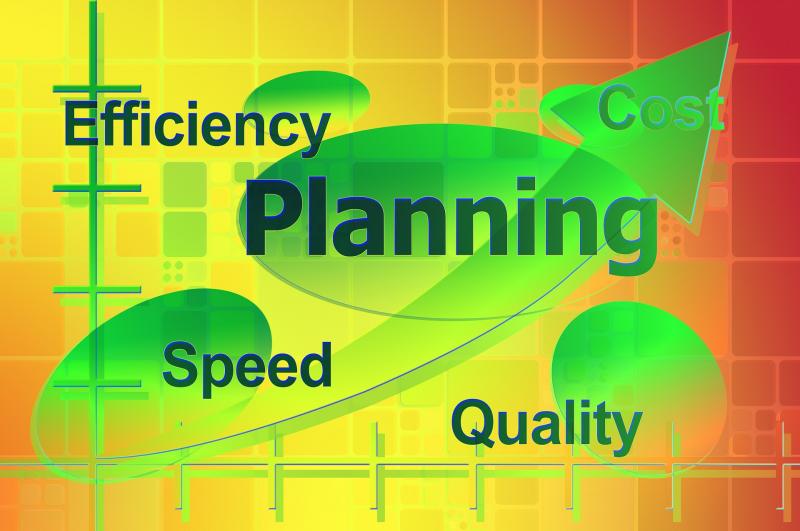
Greg Freiherr has reported on developments in radiology since 1983. He runs the consulting service, The Freiherr Group.
How Radiology Can Improve Outcomes and Make Medicine Better

Graphic courtesy of Pixabay
Much has been said about the potential of outcomes to change the practice of medicine. Through comparative studies, outcomes research could point out how, under certain circumstances, the use of one imaging technology might be better than others. It might simplify the choice and process by which referring physicians order exams, encouraging best practices not only in the choice of a modality but in the use of specific scan protocols.
Increased efficiency might result, leading to the better use of personnel and reduced financial costs. Effective treatment might start sooner, resulting in clinical, financial and operational benefits. Reimbursement might be increased for procedures that boost efficiency, reduce overall cost or improve patient care. This would reverse the decades-old trend of across-the-board cuts in reimbursement for imaging. Supporting such a change might be, for example, a reduction in hospital readmission as an indicator of improved patient management — following early intervention made possible by a type of imaging.
This is all speculation, of course, based on the premise that outcomes research could identify impacts on the everyday care of patients. Reduced hospital readmission very likely will depend on multiple factors. At the very least, it will depend on practices and resources at individual hospitals.
Consider the Source
It makes sense, therefore, when planning an outcomes-based study, to first consider the strategic goals and initiatives of the hospitals in which the research will be conducted. Also important is the context established by hospital resources and staff. These will vary widely, for example, from a community hospital to a tertiary medical facility. They may vary even further if either is part of an integrated delivery network.
If conditions and resources are controlled, it may be possible to compare the relative value of modalities. But differences in staff training and varying capabilities of technology at different facilities could skew results when attempting to migrate findings.
What may be less susceptible — and could yield more immediate results, as well as be more effective at individual facilities — will be studies that use the institution as its own control. Efficiency would be the cornerstone of such efforts.
Increased efficiency might be achieved through the elimination of duplicative or ineffective services. Doing so might speed certain patients through the healthcare system, improving health as well as yielding financial savings. Doing so would achieve the goal of value-based medicine — improved healthcare at a reduced cost, albeit on a modest and local scale. It would, however, have the added benefit of improving patient satisfaction, which institutions are increasingly paying attention.
Patient Satisfaction
I like it when the guy stocking shelves nods to me as I walk the aisle of a grocery store and when the electronics clerk walks me to housewares to find what I can’t. But in healthcare … come on. If I’m a patient, I want the staff to make me feel better fast. Sure, be friendly. But don’t apply a social salve when I need relief from a physical ailment.
What radiology can do toward that end is what radiology is uniquely positioned to do. Take, for example, a widely used protocol to work up diabetics suspected of a bone infection. This infection, called osteomyelitis, often requires surgery. Diabetics are particularly susceptible.
Those showing signs of the infection may go through a process that ratchets up from less to more invasive and effort-intensive technologies. Radiography may be followed by MRI, then SPECT using white blood cells drawn from the patient and radiolabeled with a gamma-emitting isotope. This three-step process can take up to six days. Going directly from radiography to SPECT/CT — and eliminating MRI, which can add uncertainty as well as expense and time — streamlines the process by thousands of dollars and two, or even three days.
Because patients are typically hospitalized during this diagnostic process, collapsing the process shifts care from inpatient to outpatient. This saves money, as it improves care and, ultimately, increases patient satisfaction.
This is just one example of how improving outcomes for patients can bring healthcare closer to the ideals of value-based medicine. And how radiology can play a key role. There are almost certainly others waiting to be uncovered.
As practiced today, routine care is inefficient, quality is variable, and expenses are high. Finding ways to bring these in line is the key to value-based healthcare. We might find these ways if radiology can peel back the layers of medical practice by leveraging the unique technologies that are already at its disposal.
Editor's note: This is the second blog in a four-part series on Changing the Look of Radiology. The first blog, "Risk Abatement May Determine the Future of Radiology" can be found here. The series can be found here.


 August 06, 2024
August 06, 2024 








